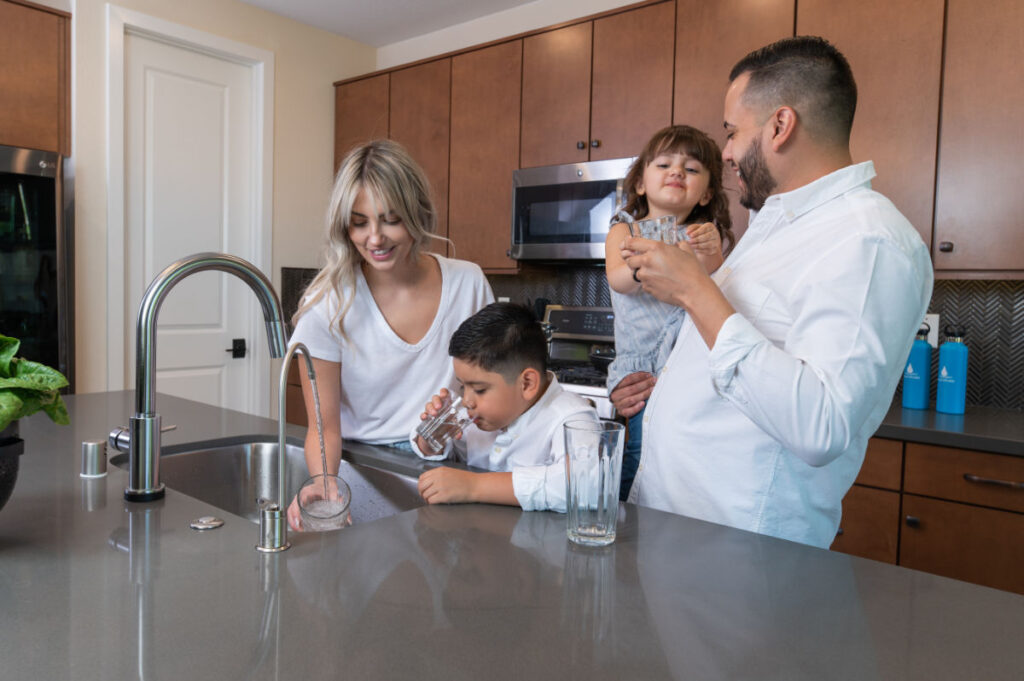Why Boiling Isn’t Enough. Benefits of Good Water Treatment Solutions
In Part 1, I explained why your tap water might taste bad and how boiling water doesn’t solve every problem—especially when it comes to chemicals, heavy metals, or bad smells.
If you’re serious about getting clean drinking water at home, boiling just isn’t enough. In this post, we’ll introduce the best water purification options so you can choose the right water treatment solution for your needs.
Exploring the Best Water Purification Options
There are several ways to clean your water. Some are simple filters, and others use advanced technology. Each method solves a different kind of water quality problem.
Water Filters: A Simple and Effective First Step
Most homes start with some kind of water filter. These work like sieves, catching dirt, chemicals, and even germs. Different filters do different jobs.
1. Activated Carbon Filters
These are great at improving taste and smell. They remove:
- Chlorine
- Volatile Organic Compounds (VOCs)
- Pesticides
- Some chemicals
Carbon filters work through a process called adsorption, where chemicals stick to the surface of the filter. They’re common in pitcher filters and faucet attachments, but they don’t remove minerals or heavy metals.
Best for: Removing odors and improving water taste
Example: Carbon block filter
2. Sediment Filters
These filters remove large particles like:
- Sand
- Dirt
- Rust
They’re often used as the first stage in a multi-step system to protect finer filters from clogging.
Best for: Homes with dirty or cloudy water
3. Ceramic Filters
Made with tiny holes, these filters can trap:
- Bacteria
- Parasites
- Larger particles
They don’t remove chemicals or dissolved minerals but are great at making water safer.
Best for: Rural areas or homes with well water
4. Reverse Osmosis (RO): Deep Water Purification
An RO water purifier is one of the most powerful ways to clean water. It uses a special membrane with tiny holes that only water molecules can pass through.
How It Works:
Water is pushed through the membrane under pressure. This blocks:
- Heavy metals (like lead and arsenic)
- Fluoride
- Nitrates
- Pesticides
- Viruses
Things to Know:
- It creates very clean water with a neutral taste.
- It also removes healthy minerals, which can make the water taste “flat.”
- It wastes some water during the process.
Best for: People with serious water quality problems who want extra-pure water







